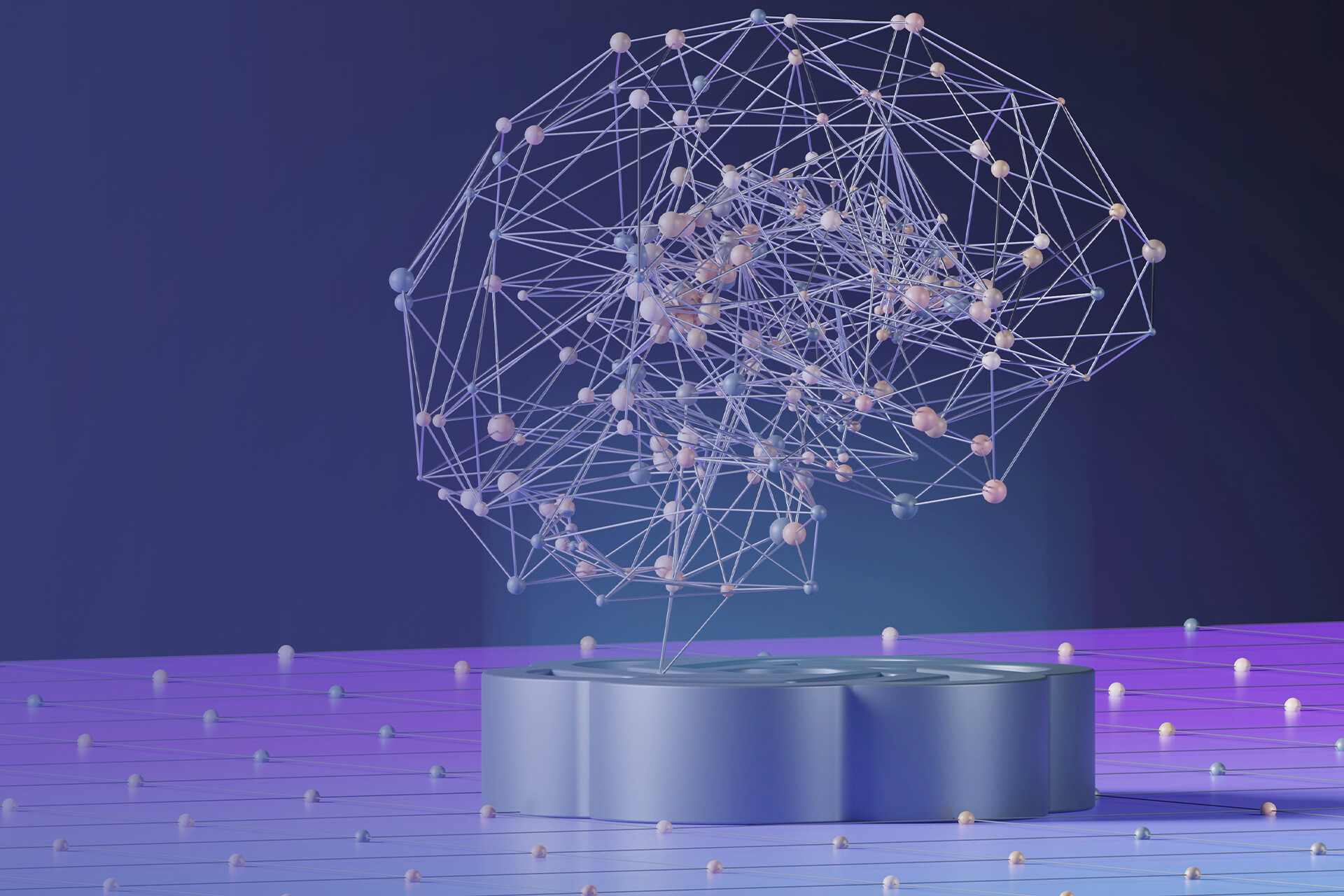Artificial intelligence has become predominant in the past few years. The AI market size is also projected to reach 740 billion by 2030.
But AI encompasses various subfields, like Deep Learning, GenAI, and Machine Learning. While the fields have some similarities, they also have core differences you must understand.
This article will discuss two key AI concepts: Machine Learning and Generative AI. We’ll go beyond the definition to look at unique Machine learning vs generative AI characteristics and real-world applications.
But let’s start with the basics.
What is Machine Learning?
Machine Learning (ML) focuses on developing algorithms that enable computers to learn from data.
Machine learning systems learn patterns based on input data and make predictions, decisions, or improvements. When you input new data, they continue to update and improve functionality. This enables computers to solve problems presented in ways similar to human intelligence.
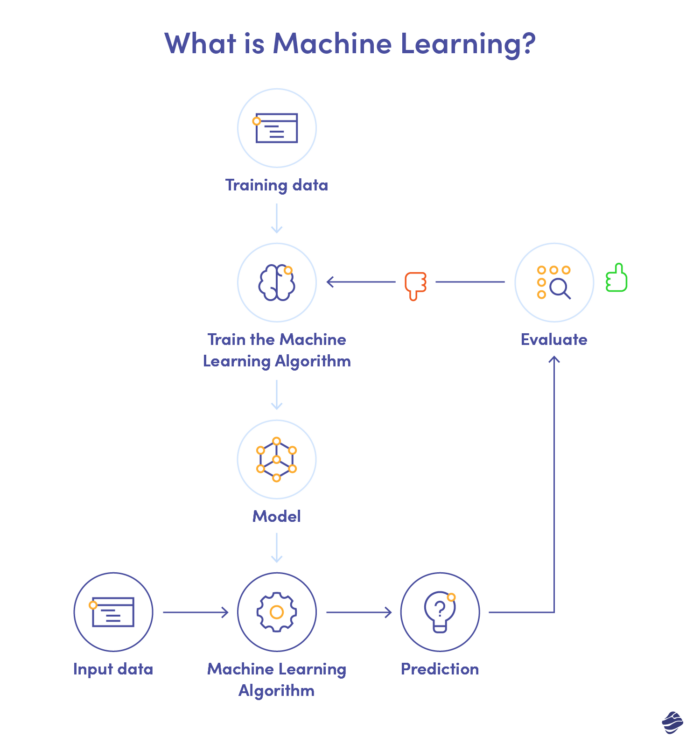
Machine Learning services range from predictive analytics and recommendation systems to image and speech recognition.
They especially excel in complex tasks that require large datasets to improve performance over time.
What is Generative AI?
Generative AI uses AI algorithms and large language models to create various types of content like realistic images, text, code, and audio.
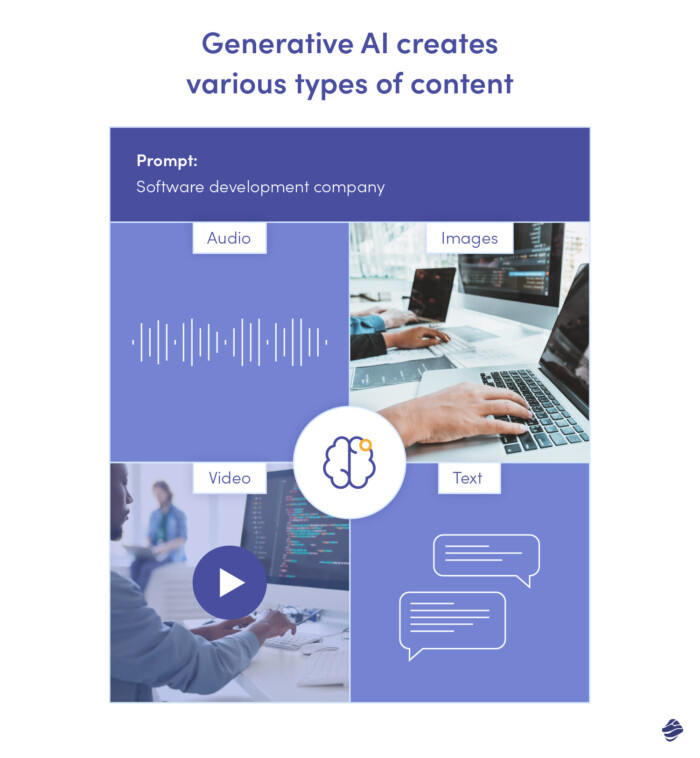
GenAI’s main scope is the generation of new, unique, and creative content across various domains.
Note that GenAI is not to be confused or interchanged with AI. Check out our comprehensive AI vs Generative AI comparison guide.
So, now that you understand the two terms, how do they fit into the broader AI landscape?
ML finds patterns and provides data, while GenAI uses human language and creativity to help turn pattern recognition into engaging content. The two share a symbiotic relationship, where Machine Learning is the foundation.
Technical Foundations of Gen AI and ML
The two have a wide range of algorithms. However, the training techniques make all the difference between generative AI and machine learning algorithms.
Generative AI utilizes diverse models like Generative Adversarial Networks (GANs) and Variational Autoencoders (VAEs) to create new data, like images, text, or music.
Training processes in Gen AI can involve different structures, with some applications employing a dual approach where one model generates data while another evaluates it. However, this is not always the case, as Gen AI encompasses a wider range of techniques and objectives.
Machine Learning algorithms techniques include:
- Supervised: Common algorithms include linear regression, support vector machines, and neural networks.
- Unsupervised: These algorithms identify patterns and structures within unlabeled data. This includes dimensionality reduction, which is used to simplify complex data, and clustering, which is used to group similar data.
- Reinforcement: This technique helps optimize decisions with rewards for desired behavior and penalties for undesired behavior.
In terms of data requirements, Generative AI models require substantial and high-quality training data. The quality and diversity of the data directly impact the model’s ability to generate synthetic but realistic content.
Machine models’ data requirements vary. Supervised learning requires large, labeled datasets, while unsupervised learning can work with unlabeled data. Reinforcement learning doesn’t need traditional datasets but rather an environment that provides feedback (i.e., rewards or penalties).
How about computational processes? An ML model needs mathematical computation to calculate parameters, such as precision and recall, to ensure analytical data accuracy. Also, data quality, model selection, and feature engineering play crucial roles in ensuring reliable results.
Meanwhile, Gen AI models require qualitative metrics to assess the realism, coherence, and diversity of the creative data. Quantitative metrics like loss functions can also help evaluate and improve the model’s performance.
Applications and Use Cases of Gen AI and Machine Learning
Gen AI and ML can be used in similar industries. However, the difference between generative AI and machine learning applications lies in the use case complexity and the expected output.
Here are Machine Learning vs Generative AI business use cases in different industries:
Healthcare
ML models can analyze patient data or medical images (such as X-rays and MRIs) for early disease detection to improve patient outcomes.
Gen AI goes beyond transcribing clinical notes and interpreting images or test results to assist with diagnoses. For instance, it can help create personalized treatment plans based on the data. It can also generate drug molecular structures, accelerating the drug discovery process.
Retail
ML algorithms can use past or current sales data to help create personalized content and recommendations. You can also predict sales volumes based on customer purchase patterns.
Gen AI helps you create detailed product descriptions and copy for personalized promotions and product recommendations. It can also support virtual try-ons, which help people make informed purchase decisions.
Education
ML can personalize learning paths, adapt content based on student performance, and recommend relevant resources.
Gen AI helps create educational materials like practice questions. A Generative AI development company can even help you simulate virtual tutors to guide learners through the materials.
Customer Support
Machine Learning solutions can be used for customer interactions and sentiment analysis, which helps improve overall service quality. ML algorithms are also the data backbone of interactive chat tools.
On the other hand, Gen AI enhances customer service by actually powering chatbots and virtual assistants that handle routine queries and provide instant responses.
Finance
Machine Learning algorithms can analyze millions of data points to detect fraud or money laundering in real time.
You can tap into Generative AI to develop tailored investment strategies. LLM models make processing and generating large amounts of financial documents, such as loan papers or insurance policies, easier.
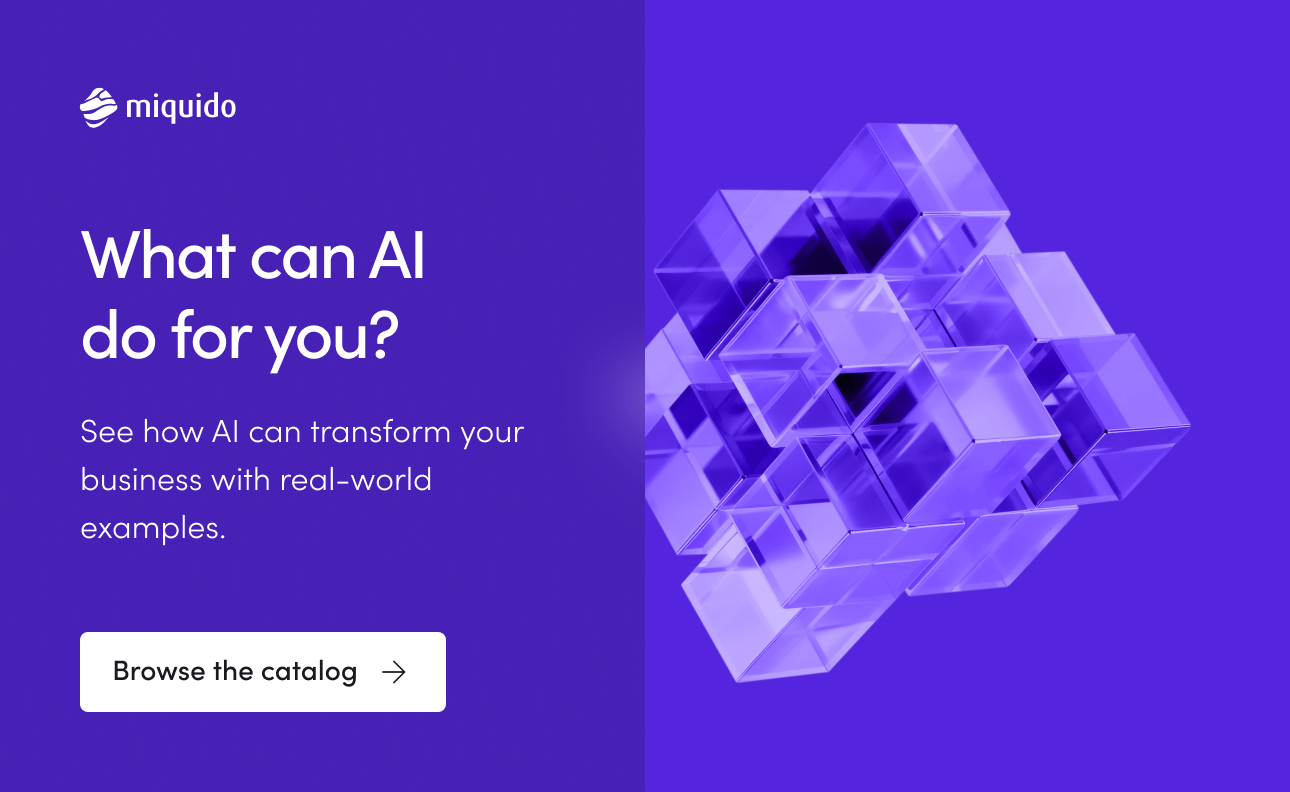
Unique Benefits and Limitations
Let’s explore the benefits and limitations of generative AI and machine learning.
Machine Learning Benefits
- ML automates data analysis, providing valuable insights and assumptions to support decision-making.
- Helps with anomaly detection and recognizing complex patterns in data.
- Enables the development of intelligent machines, software, and processes that automate complex tasks, streamlining operations.
Machine Learning Limitations
- ML models can make mistakes, especially when dealing with noisy or incomplete data.
- ML performance heavily relies on high-quality, relevant data. Hence, poor data leads to inaccurate models.
- ML models can inherit biases in training data, which affect outcomes.
- Training complex ML models demands significant computational power, expertise, and time.
Generative AI Benefits
- Enhanced, creative, and fast content production.
- Chatbots powered by generative AI enhance customer satisfaction.
- Gen AI allows businesses to explore the possibilities of what could be.
Generative AI Limitations
- Relies on patterns in existing data, which may limit its ability to produce truly groundbreaking ideas.
- Generated content may vary in quality.
- Gen AI can unintentionally produce biased or harmful content.
Always remember the success of each technology lies in understanding its limitations and capabilities.
Future Developments and Ethical Considerations
The future of Gen AI and Machine Learning is promising.
For instance, chatbots are now multimodal. OpenAI’s GPT-4 and Google’s Gemini work with human-like text, images, and audio. This is expected to boost AI app development even for people with little tech knowledge.
We also expect to see more customized chatbots. Google and OpenAI are investing in user-friendly platforms that allow people to create their mini-chatbots without any coding skills.
ML algorithms will continue to evolve, supporting hyper-personalization across various domains. The new frontier in Gen AI will be text-to-video, which could become one of the greatest AI trends in mobile apps.
A company like Runway is already perfecting its video model quality.

Besides that, the deepfakes trend is expected to keep growing, which is concerning. We will likely see them used more in advertising, entertainment, and upcoming elections, as we saw in Argentina.

The AI field will also see more guidelines and policies that shape the responsible development and deployment of AI systems.
That’s because AI’s potential misuse has always been a concern, which is why comprehensive frameworks are crucial. Following these frameworks ensures your outcomes are transparent, fair, easily interpretable, and unbiased. All while safeguarding user data.
We’ve already seen initial AI regulations through Biden’s executive order in October 2023, followed by the EU’s AI Act in December. More regulation frameworks are likely to be introduced as the technology evolves.
Integration Challenges
You will face several challenges when introducing AI in business operations:
- Skills gap: As AI solutions advance, the required expertise levels also grow. As a result, you may struggle to find and retain professionals with the necessary skills.
- Resistance to change: Your team might resist the shift to AI solutions due to perceived complexity or the fear of losing their jobs in the future.
- Implementation costs: Small businesses may struggle to implement AI models efficiently due to infrastructure, software, and maintenance costs.
You can address these challenges head-on with a holistic approach that combines technical expertise, organizational culture, and strategic planning.
Skill Sets and Educational Paths for Gen AI and ML
Now, let’s discuss the skill sets and educational paths you need to specialize in Machine Learning vs Generative AI.
Gen AI Skills Requirements
- Proficiency in Deep Learning. You can learn more about deep learning algorithms in our post on the difference between deep learning and machine learning.
- Creativity to ensure unique content creation.
- A great understanding of mathematical and statistics concepts like probability.
Gen AI Educational Path
Pursue degrees in Computer Science or Data Science. You can also take online Gen AI courses on platforms like Dataquest.
Plus, you can learn through personal projects, participating in competitions, and contributing to open-source Generative AI libraries.
ML Skills Requirement
- Strong foundational knowledge in statistics and mathematics.
- Proficiency in Python and libraries like TensorFlow or PyTorch.
- Ability to preprocess and transform data effectively.
- Understanding of different ML algorithms, such as decision trees, support vector machines, and neural networks.
ML Educational Path
You can pursue degrees in Computer Science, Statistics, or related fields. Take online ML courses on Coursera and other similar platforms.
You should also work on real-world projects, participate in Kaggle competitions, and collaborate with ML communities.
Machine Learning vs Generative AI: Comparative Analysis
How do these two fair against each other in terms of efficiency, accuracy, and adaptability?
Generative AI can produce diverse and realistic outputs efficiently. However, the computational requirements of some complex generative models, like GANs, can be significant.
ML models often require relatively less computational power. Once trained, they can easily handle large datasets. However, the computational power required will ultimately depend on the data size, model complexity, and the type of algorithm. For example, some Support Vector Machine (SVM) algorithms can require heavy computational power for large datasets.
That said, no AI solution can claim to be completely accurate, but the level of accuracy is subject to the intended application.
For instance, generative AI can achieve a high level of accuracy in generating realistic and unique content. ML models trained on diverse datasets are highly accurate in tasks like image recognition, Natural Language Processing, and predictive analytics.
Generative AI adapts well to creative tasks and can generate diverse outputs. Meanwhile, ML models adapt to specific tasks based on training data.
How To Engage with Gen AI and ML Technologies
There are various ways you can engage with ML and GenAI technologies today.
One easy way to get involved is through online courses. For instance, you can choose courses like Generative AI Fundamentals by Dataquest or GenAI and ML courses on Coursera.
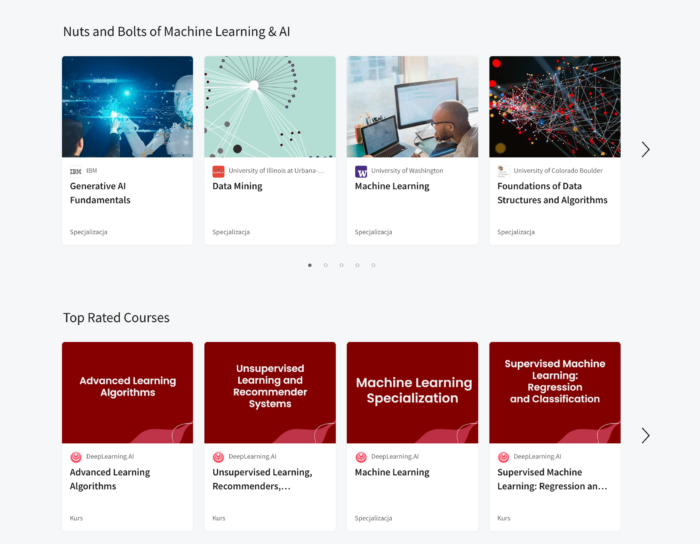
Besides that, join relevant online communities like LinkedIn groups focused on AI and Machine Learning. These groups provide a platform that helps you network, share knowledge, and stay updated on industry trends.
Here’s an example of one.
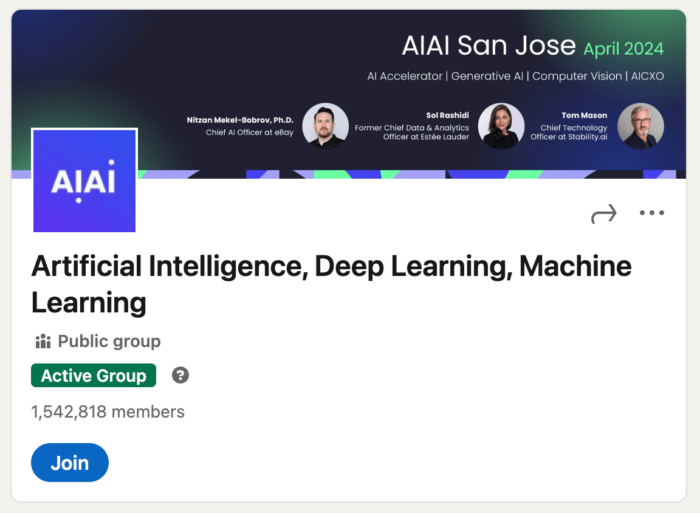
You can also attend conferences, industry events, and workshops that bring together AI thought leaders, researchers, and industry professionals.
In Closing: What’s The Difference Between Generative AI and Machine Learning?
Understanding how different AI subfields differ is crucial in harnessing their potential. This article focuses specifically on the difference between generative AI and machine learning.
We’ve offered information to help you not only identify the differences but also understand their functionality and common applications. Our comparative analysis shows how adaptable, accessible, and accurate they are.
However, always remember that the two have a symbiotic relationship despite the differences. Gen AI leverages the data analyzed by machine learning models to create realistic, original content.

